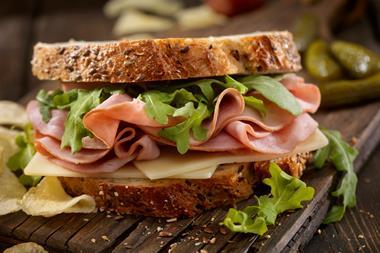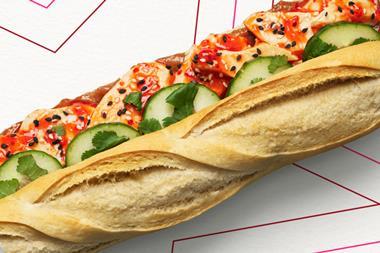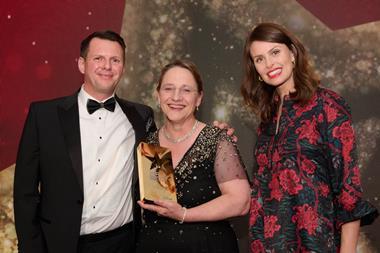As we all know, the out-of-home market has grown substantially over the last 10 years and both chains and independent outlets have enjoyed a period of high consumer "affluence". But what happens when finances get tight and the first thing to be cut is discretionary spending, such as the out-of-home eating and drinking that has fuelled this growth?
For the next 12 months, things are going to get a little tougher. Now, more than ever, it is important to understand customers’ needs to maximise your sales. But far too often, operators neglect the most vital questions: what are they buying; how do they choose what to buy; are they impulsive; how much do they spend; how often do they visit; do they notice promotions or other signage; and how do customers rate the outlets for customer service, cleanliness and toilets?
Each year him! speaks to thousands of customers while they are eating and drinking in food-to-go outlets, such as Greggs, Pret, Burger King and Subway, and coffee chains, such as Costa, Caffè Nero, Starbucks and Coffee Republic, to understand their motivations and behaviour.
By speaking to 1,300 coffee chain customers, for example, him!’s Coffee Chain Tracking Programme shows that the average customer is female (60% of customers). They are 40 years old and of a higher social class (25% are AB). These customers are more likely to be visiting on their own.
However, customer demographics do differ by time of day or day of the week; more 25-34-year-olds will use a coffee chain on a Saturday and Sunday compared to 35-44-year-olds during the week. And during the week customers are generally on their own, but at the weekend they are in groups or have children with them.
It is important to understand these different customer groups so that we can adapt the atmosphere, offer and sales promotions to suit them. These examples alone highlight opportunities to get more men and families into the coffee chains.
Over the next few months we will be sharing with BB readers exclusive insights from him!’s food-to-go and coffee chain programmes, looking at everything from purchasing decisions to staff behaviour, promotions to failed purchases, in a little more detail. So keep an eye out.



































No comments yet